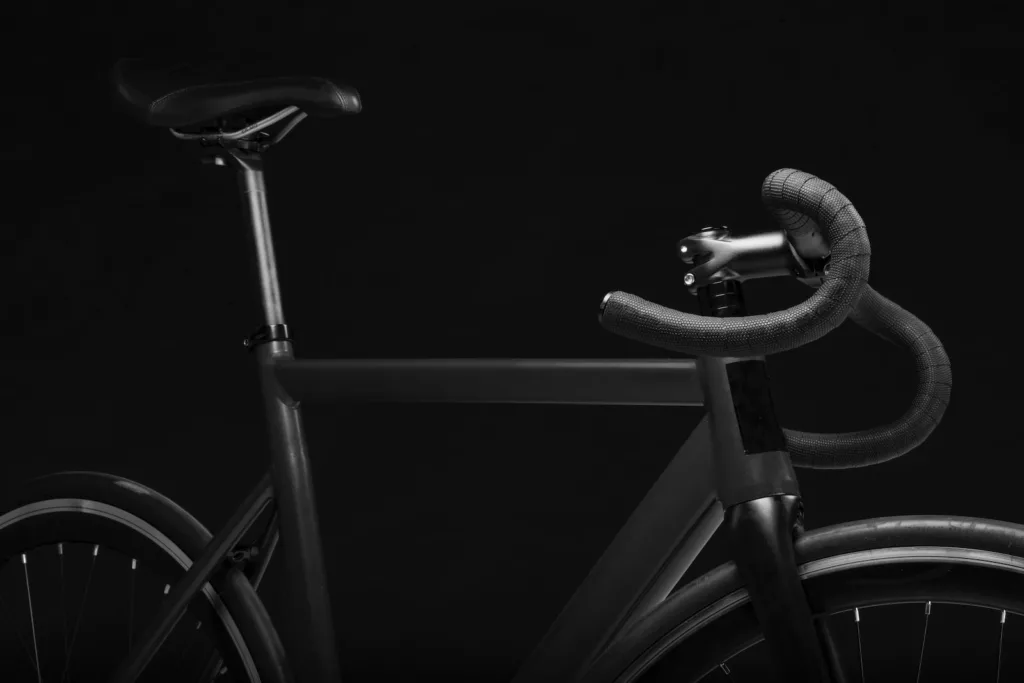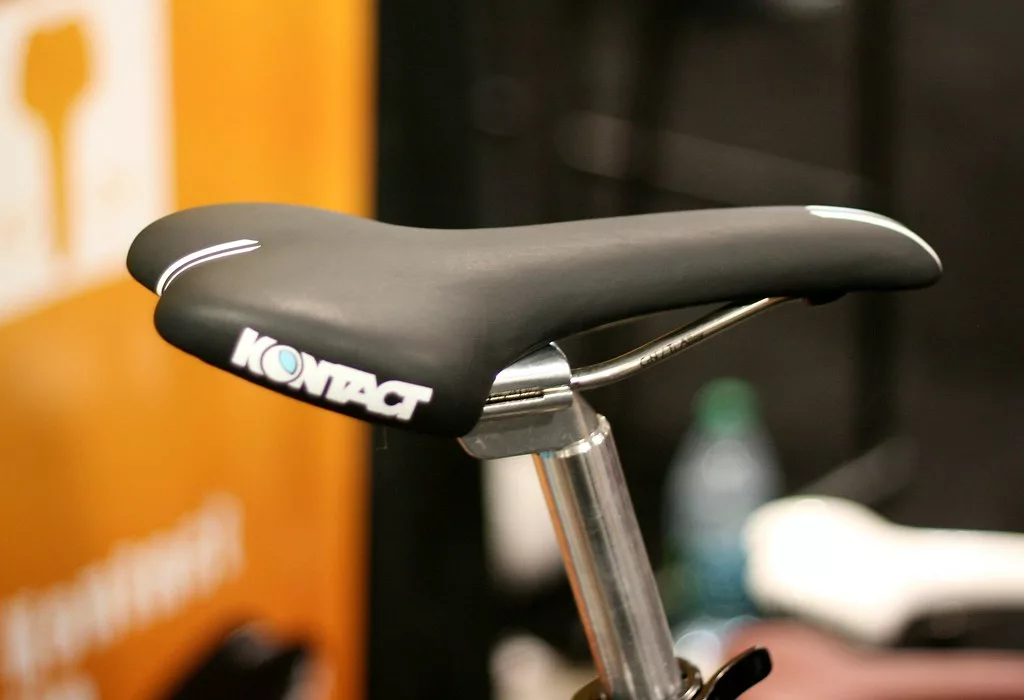The adjustment of saddle height is a fundamental yet highly impactful aspect of bike fitting. Phil Burt, head physio at British Cycling and consultant to Team Sky, emphasizes the significance of finding the optimal saddle height for improved pedalling efficiency, comfort, and injury prevention.
Table of Contents
ToggleBurt suggests that setting the correct saddle height should be the initial step in any bike fit, as many other position changes often aim to correct a suboptimal saddle height. The challenge lies in balancing comfort with power output.
Heel-to-Pedal Method
A common approach for newcomers to cycling is the heel-to-pedal method. This involves placing the heel on the pedal at the six o’clock position and ensuring the knee is completely straight. Adjustments are made if the knee is bent (raise the saddle) or if the heel loses contact with the pedal (lower the saddle). However, Burt notes this method is ‘static’ and doesn’t account for factors like cleat position and pedalling style.
LeMond Method
Another well-known formula is the LeMond method, introduced by Greg LeMond and his coach in the early 1980s. This involves measuring the inseam and multiplying the figure by 0.883 to determine saddle height. However, Burt points out this doesn’t consider individual variances such as leg-to-torso proportions or flexibility. An alternative is the 109% formula, which uses the same inseam measurement but multiplies it by 109% to set the saddle height from the pedal spindle when the crank arm is at six o’clock.

Dynamic Methods for Saddle Height Determination
Burt advocates for ‘dynamic’ methods to establish saddle height, such as measuring knee and ankle angles while pedalling during a Retul bike fit. These methods, he argues, produce more accurate figures and highlight the benefits of professional fitting.
Saddle Fore/Aft and Crank Length Considerations
Saddle fore/aft positioning and crank length are also critical factors in saddle height adjustment. The ideal fore/aft position aligns the knee directly above the pedal spindle when the crank arm is at three o’clock, measured using a metre ruler. Crank length should complement saddle height, and changes in crank length should be considered when adjusting saddle height on different bikes.
Ultimately, saddle height is pivotal for cycling efficiency and comfort, and can be determined through various methods. A dynamic bike fit offers the most accuracy, but cyclists can approximate their optimal saddle height using DIY techniques. Burt advises combining different methods for best results and considering all related factors such as crank length and saddle fore/aft positioning. Gradual adjustments are recommended to refine the riding position effectively.






